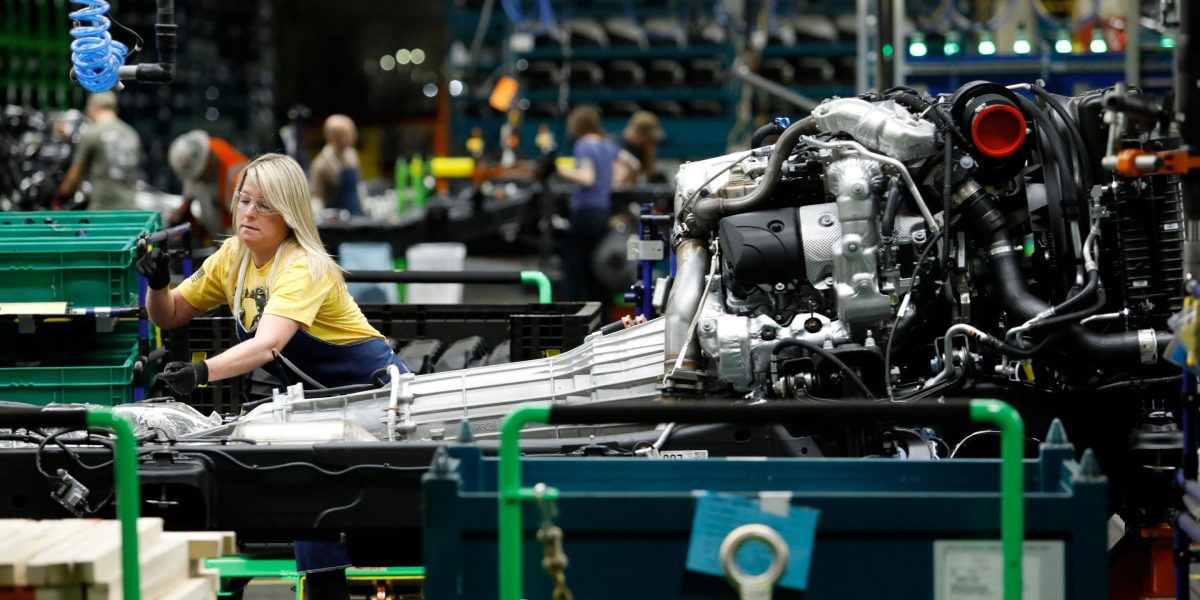However, the data that the Fortune staff was compiling was primarily for internal use. It wasn’t until 1955, when then-assistant managing editor of the magazine, Edgar P. Smith, argued that readers would be interested in the information, and he turned out to have made the correct bet.
“In its entirety, the 500 has been a wide window on the U.S. economy and a reference point for all. It has been cited by Presidents and Congressmen, dissected by economists, and viewed by business leaders,” former Fortune editor-at-large Carol Loomis wrote for the 40th anniversary of the list.
In 1955, Fortune magazine published the first list of the 500 largest companies in the U.S. by revenue, albeit with the less catchy title of “Annual Directory of the 500 Largest Corporations.”
At the top of the list, with $9.8 billion in revenue, was General Motors, followed by Standard Oil of New Jersey, which was later renamed as Exxon. Rounding up the top five were U.S. Steel, General Electric, and the meat packing company Swift, which eventually merged with JBS USA.
These first top 50 companies, which had a combined revenue of $69.4 billion, were in the manufacturing, defense, energy, and other similar sectors, because the original Fortune 500 was not a complete snapshot of the largest players of the U.S. economy. Instead, the original list focused on these more tangible industries, and it wasn’t until 1994 that the methodology opened to include all companies that file their financial information with a government agency.
That doesn’t mean the magazine didn’t look at the other sectors in the economy. For example, the banks had their own Fortune 50 list.
Out of the first batch of top 50 Fortune companies, 14 are still on the list, including GM, Goodyear, Lockheed Martin— then Lockheed Aircraft— and Boeing, which has recently been plagued by quality-control controversies. The companies that were at the top of the list in 1955 and have shown their staying power represent 28.5% of the total of 49 companies that have appeared in the list for all its 70 publications. While this number has held steady since 2022, there were 60 companies in 2016 that had managed to secure a spot on the list during all the years in publication.
Here’s the list of original Top 50 companies from 1955:
https://app.datawrapper.de/archive/recently-edited?search=1955#/xvovo

